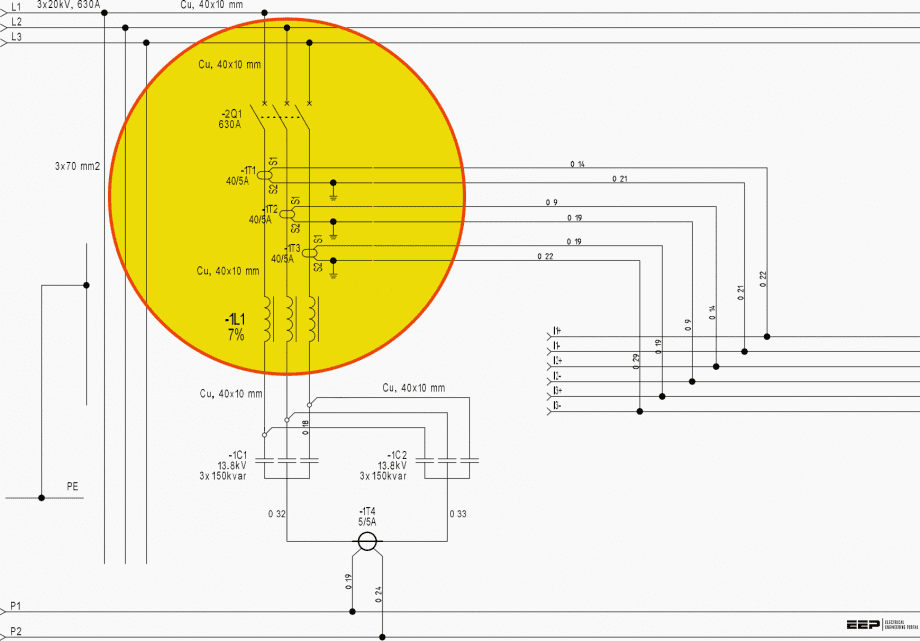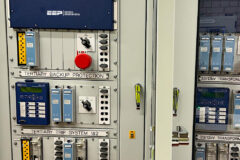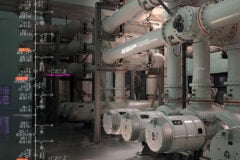MV reactive power compensation
Within this article, a custom-made cubicle intended for supply and protection of MV reactive power compensation block will be analyzed. Technical characteristics of major electrical components, together with three line and wiring diagrams, will be shown, while some specific aspects of this type of application will be underlined.

Technical description and wiring diagrams of MV cubicle
The reactive power compensation block, which is the subject of this article, is consisting of a three-phase reactor connected in series with a “double star” configuration capacitor battery made of single-phase capacitors.
Main characteristics of this compensation block are as follows:
| Capacitors: | Double star connection of 6 single phase capacitors, each capacitor with rated voltage of 13.8 kV, and rated power of 220 kvar |
| Reactor: | Three phase, iron core, filtering factor 7%, rated voltage 24kV |
| Rated power of compensation block: | 1000kvar @ 20kV |
| Mounting type: | Freestanding, inside the cabinet, on steel made support |
This compensation block is designed for PFC purposes of 20kV rated switchgear inside substation for supply of large coal mining excavators. It is mounted inside a custom-made cabinet, together with electrical equipment for supply and protection.
The cabinet is made of metal-enclosed frame, air-insulated type, for outdoor installation, with approximate dimensions (HxWxD) 2000x2800x1200 mm. If you take a closer look at the specification of reactor and capacitors, you may easily see that the rated voltage of single-phase capacitors (13,8kV) corresponds to the phase-to-phase rated voltage of 24kV, which is the typical standardized value of rated voltage for equipment designed for the use inside 20kV rated installation. The same applies to a three-phase reactor.
Remember that, in the case of reactor and capacitor connected in series, capacitor’s voltage will be higher than incoming reactor’s voltage, i.e. higher than the supply voltage of the block as a whole.
So, having above said in mind, are we able to say that the whole block (capacitors plus reactor) is 24kV rated?










